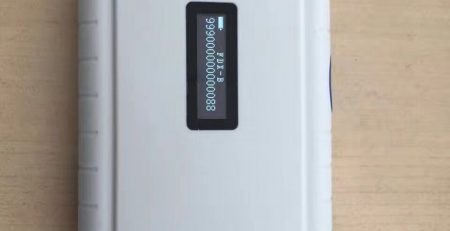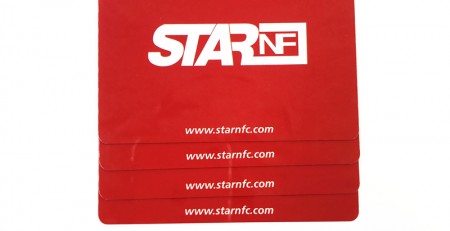What are the differences between NFC cards and RFID cards?
NFC cards is the abbreviation of Near Field Communication, which is short-range wireless communication technology cards. Originally developed by Philips and Sony, NFC is a contactless identification and interconnect technology for close-range wireless communication between mobile devices, consumer electronics, PCs and smart control tools. NFC provides a simple, touch-enabled solution that allows consumers to easily and intuitively exchange information and access content and services.
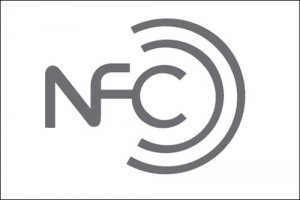
At home and abroad, the Swedish hotel has actually applied the corresponding NFC door locks introduced by Assa Abloy, mainly using different identification codes of NFC mobile phones as the Mac ID and the encryption mechanism of the corresponding program to open the door lock. In terms of RFID electronic locks for NFC technology, the domestic market is still in a technical gap. At last year’s Cedia EXPO, Yale Lock & Hardware exhibited NFC-enabled home door lock systems and hoped to enter the NFC international market smoothly. Through this system, you will be able to easily open the electric door lock designed by Yale by simply bringing your smart phone closer to the door lock. Of course, you must have the right to unlock the lock.
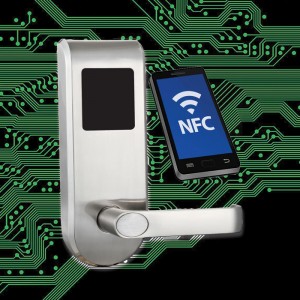
The novel door lock system demonstrated at this year’s CEDIA exhibition also supports Zigbee and Z-Wave specifications for home automation communication technology, as well as Assa Abloy (APP software) mobile key software, allowing users to easily load digital keys in action On the device. Based on the technical team’s experience in research and development of RFID digital and low-level application design, the company has always adopted NFC as the technology-oriented, and it is convenient to carry out in-depth research and development in hardware and software. The following is a brief introduction of the differences between NFC cards and RFID cards.
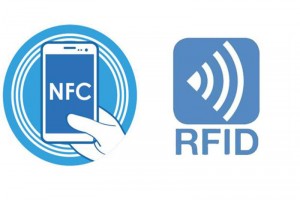
RFID cards
Non-contact radio frequency identification (RFID) is also a wireless communication technology that also transmits data through wireless electromagnetic waves. However, unlike general communication technology, its purpose is not to make a phone call or send a text message. RFID is mainly used to identify and track the tags bound to objects, thus realizing the management of objects.
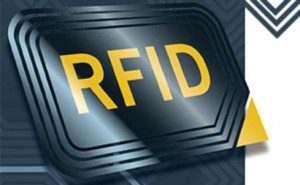
RFID technology is widely used in warehousing logistics to track goods,RFID systems use tags to identify objects. In addition to the tag, the RFID system also has a two-way wireless transceiver called the Interrogator/Reader that sends a signal to the tag and reads the tag’s feedback.
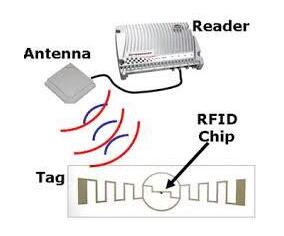
RFID system consists of readers and tags
RFID is divided into passive RFID and active RFID. Passive RFID generally refers to passive RFID without a battery, which relies entirely on receiving electromagnetic waves to drive the circuit to work, and the identifiable distance of the tag does not change. Active RFID systems generally refer to active RFID tags whose identifiable distance decreases as power is reduced.
ETC system with RFID technology makes travel more convenient
Active RFID generally has a long recognition distance. For example, ETC systems for highway toll stations and automatic parking lots generally use active RFID operating at 2.4 GHz. However, there is a battery in the ETC tag. If the battery is dead, you need to replace the battery to work.
RFID tag
The RFID tag consists of two parts: an integrated circuit (IC: Integrated Circuit) and an antenna:
The IC is used to store and process data, to modulate and demodulate RF signals, and to collect energy from the signals emitted by the reader to drive its own operation.
The role of the antenna is to transmit and receive wireless signals.
EPC code format, EPC code may gradually replace the traditional UPC code, that is, commodity barcode

What is in the RFID tag?
The data format stored in the RFID tag is generally an EPC (Electronic Product Code) code. The EPC code can identify all objects in the world. The structure of the EPC code is defined by the EPCglobal Tag Data Standard, a public standard that can be downloaded free of charge from the EPCglobal Inc website.
NFC technology
After talking about RFID, let’s talk about Near Field Communication (NFC: Near Field Communication). NFC is a very common communication interface for mobile phones. It allows smart devices to exchange data in close proximity to each other. NFC devices can also communicate with a passive NFC tag in the same way as RFID.
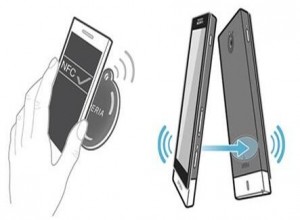
NFC technology is evolved from RFID technology. In addition to communication protocols, the NFC standard also specifies data exchange formats. Inductive readers, inductive cards and point-to-point functions are combined on the NFC single chip to enable identification and data exchange with compatible devices over short distances.
The difference between NFC and RFID
- Working frequency band
NFC can be understood as a subset of RFID technology, using the 13.56MHz band, while RFID also includes other bands.
There are many working frequency bands for RFID. The low frequency band has 125KHz, the high frequency band has 13.56MHz, the ultra high frequency band has 433.92MHz, 915MHz, and the microwave frequency band is 2.45GHz. - Communication distance
NFC is called near field communication, and the communication distance is really very close, no more than 0.1m.
There are many types of RFID, and the identifiable distance is different. Like an RFID access card, the recognition distance is similar to NFC. However, for the application scenario of ETC, the recognition distance is relatively long. Long-distance RFID can identify distances of up to tens of meters or even hundreds of meters. - Application scenario
Regardless of whether it is active or passive, RFID is mainly used for the identification of objects. RFID technology is widely used to track goods in logistics, transportation and warehousing.
The NFC chip is more integrated, including the card reader and the tag. In addition, the two-way communication capability of NFC has been strengthened. In other words, NFC can be used not only as a label for identification, but also as a two-way communication method for data exchange. Currently NFC is most commonly used in the payment field.
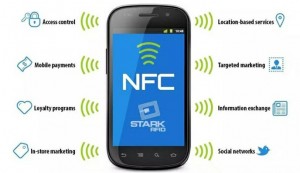
In general, although NFC is developed on the basis of RFID technology, there is no substitute for different application scenarios. Moreover, the application scenarios of RFID are still very much, and NFC can’t compare it for a while.
Even in the field of payment and close-range object recognition, QR code can play NFC in many scenarios. Currently, NFC is not a necessary communication interface for smartphones.
More products:https://www.starnfc.com/shop/


